astronomy
Astronomers Adopt a Forming Star, Watching it Grow for 18 Years 4200 Light-Years Away
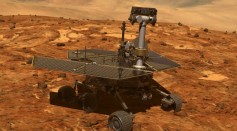
More Memory Problems for NASA's Opportunity Rover
Star Wars Tatooine Planet May Be Common
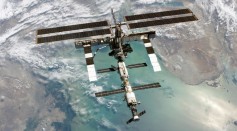
US and Russia Begin Planning the Next Space Station
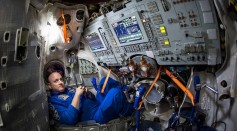
Can People Really Live Forever in Space? New NASA Study Looks to Answer that Question
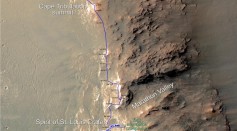
Opportunity Sets Marathon Record on Mars
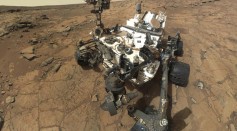
Curiosity Finds Live-Supporting Nitrogen on Mars
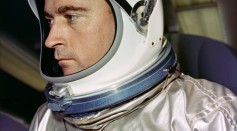
To Corned Beef and Beyond, A Sandwiches Trip into Space
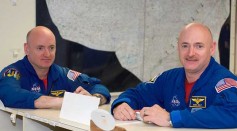
Space Twin Experiment Set to Answer NASA's Biggest Question
Frozen In Space—How Comet 67P Is Slowing Down
Supernovae Dust ‘Goldmine’ Found at the Center of the Milky Way
Rosetta Spots Clues About the Formation of the Solar System
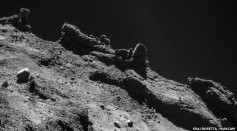
Molecular Nitrogen on Comet 67P Reveals a Frigid Start to Our Solar System
Total Solar Eclipse 2015—Were You Underwhelmed?
Most Popular

Plato’s Long-Lost Grave Found Using AI To Decipher Herculaneum Scrolls; Greek Philosopher Had Been Sold Into Slavery: Report

What’s Inside the Moon? Lunar Seismic Data Reveals Earth-Like Core

Influenza Shows Highest 'Pandemic Potential' Among Ranked Pathogens, Study Reveals

UFOs Piloted by Spiritual Entities? Fox News' Tucker Carlson Makes Bizarre Claim, Suggests That They Do Not Behave According to Laws of Science

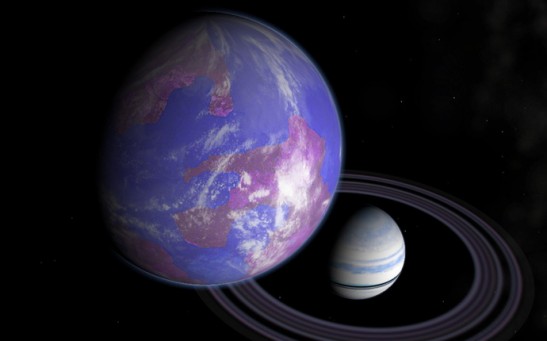



![Earth's Quasi-Moon Kamo‘oalewa Could Originate From Lunar Surface Not Asteroid Belt [Study]](https://1721181113.rsc.cdn77.org/data/thumbs/full/53275/258/146/50/40/earths-quasi-moon-kamo-oalewa-could-originate-from-lunar-surface-not-asteroid-belt-study.png)
